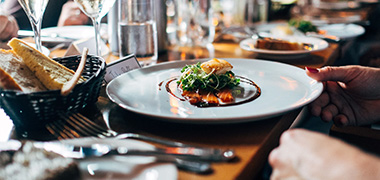
AI Occupational Exposure score unavailable For more insight, research the specific tasks and skills required for the role.
Explore all careersArt Historians research art's historical development, verify artwork authenticity, preserve artifacts, and contribute to cultural understanding.
Get qualified to work as an Art Historian with a course recognised across Australia. Speak to a training provider to learn more.
Browse occupations related to Art Historian
Art Historians generally earn between $80,000 and $100,000 per annum. You can increase your earning capacity by publishing books, papers, and educational materials based on your research.
 Courses.com.au Team
Courses.com.au Team
There are currently about 500 historians currently working in Australia, some of these are art historians. They work for universities and academic institutions, libraries, art galleries, art museums, and cultural centres. Art Historians are sometimes hired as independent consultants to film, documentary, and screen media studios to ensure the historical accuracy of costumes, art and furnishings in their productions. They can also be sourced for interviews and magazine articles by journalists and media companies.
 Courses.com.au Team
Courses.com.au Team
To become a Art Historian you will need a Bachelor of Fine Art or Bachelor of Arts (Art History). Many Art Historians also have post-graduate qualifications in specialist areas like indigenous art, Australian colonial art, classical art, and the development of graffiti and street art. If you have your heart set on a career as an Art Historian, you will also benefit by honing your written communication skills and learning the Microsoft Office Suite (Word, Excel, Powerpoint) with proficiency.
Source: Australian Government Labour Market Insights 2023
 Courses.com.au Team
Courses.com.au Team



Art Historians research and explore the way art has developed throughout human history. They might focus their interest on a specific medium within a historical period (eg, decor and fashions in the Elizabethan age) or take a broader look at how art movements intersect with lifestyle and culture (eg, how the industrial revolution propelled the Art Nouveau movement in Europe).
As a Art Historian you might be verifying the authenticity of a painting, preserving a piece of tribal art, leading a tour group at an important cultural site, cataloguing art pieces for an art museum, or writing a journal article that unpacks the findings of key research.
It’s a specialist occupation that advances our understanding of the creative process as well as world history.